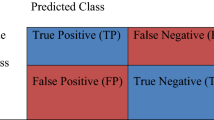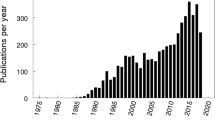Abstract.
When estimating in vivo body composition or combining such estimates with other results, multiple variables must be taken into account (e. g. binary attributes such as gender or continuous attributes such as most biosignals). Standard statistical models, such as logistic regression and multivariate analysis, presume well-defined distributions (e. g. normal distribution); they also presume independence among all inputs and only linear relationships, yet rarely are these requirements met in real life. As an alternative to these models, artificial neural networks can be used. In the present work, we describe the pre-processing and multivariate analysis of data using neural network techniques, providing examples from the medical field and making comparisons with classic statistical approaches. We also address the criticisms raised regarding neural network techniques and discuss their potential improvement.
Similar content being viewed by others
Author information
Authors and Affiliations
Corresponding author
Rights and permissions
About this article
Cite this article
Linder, R., Mohamed, E.I., De Lorenzo, A. et al. The capabilities of artificial neural networks in body composition research. Acta Diabetol 40 (Suppl 1), s9–s14 (2003). https://doi.org/10.1007/s00592-003-0018-x
Issue Date:
DOI: https://doi.org/10.1007/s00592-003-0018-x




